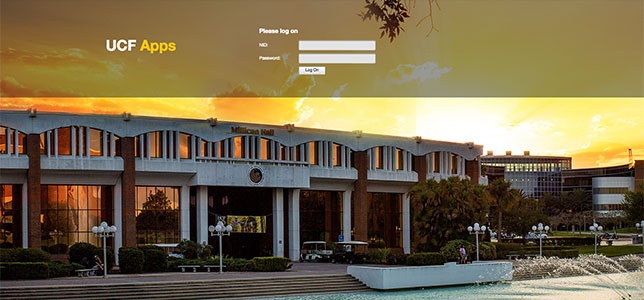Virtualization in Higher Education
Colleges and universities are adopting virtualization to improve data center efficiency, consolidate servers, save money, and reduce energy consumption. Here you'll find articles showcasing institutions that are moving to virtualized computing environments, along with news stories covering the latest technology developments.
Education technology is moving toward a “post-PC environment,” where software will be online, students will access everything they need from one cheap device and BYOD will stand for “bring your own data,” according to Duane Schau, director of client services at Indiana University.
Oregon State University's College of Business has improved the performance of its virtual desktop infrastructure with the deployment of VMware Virtual SAN as a new storage tier for the institution's VMware Horizon 6 environment — at one-third the cost of a new storage area network.
Two colleges at Auburn University in Alabama have dealt with the problem of aging IT infrastructure and limited IT staff by implementing a virtualization platform.

The University of Central Florida recently launched an initiative giving students and faculty anytime, anywhere, any-device access to instructional, research and administrative resources. Here's how.

The University of San Diego has virtualized nearly all of its IT infrastructure and has now dramatically reduced the backup times and storage requirements for its virtual environment, all while saving money.
Splashtop, a provider of cross-device computing and collaboration solutions, has partnered with IT security provider, Soliton, to develop the Soliton SecureDesktop appliance.
Keiser University, a private institution in Florida, has expanded its implementation of virtual desktops in its computer labs.
The University of Maryland's Department of Transportation Services has implemented a high-performance storage array to support its new virtual infrastructure.
The University of San Diego has implemented a cloud solution to migrate data to the United Kingdom, so it can provide students in its international studies abroad program in Madrid, Spain with reliable access to core academic and administrative information systems.
The University of San Diego has implemented a data deduplication appliance with backup software for virtual environments to significantly reduce its disk storage needs for backing up the school's virtual machine data.